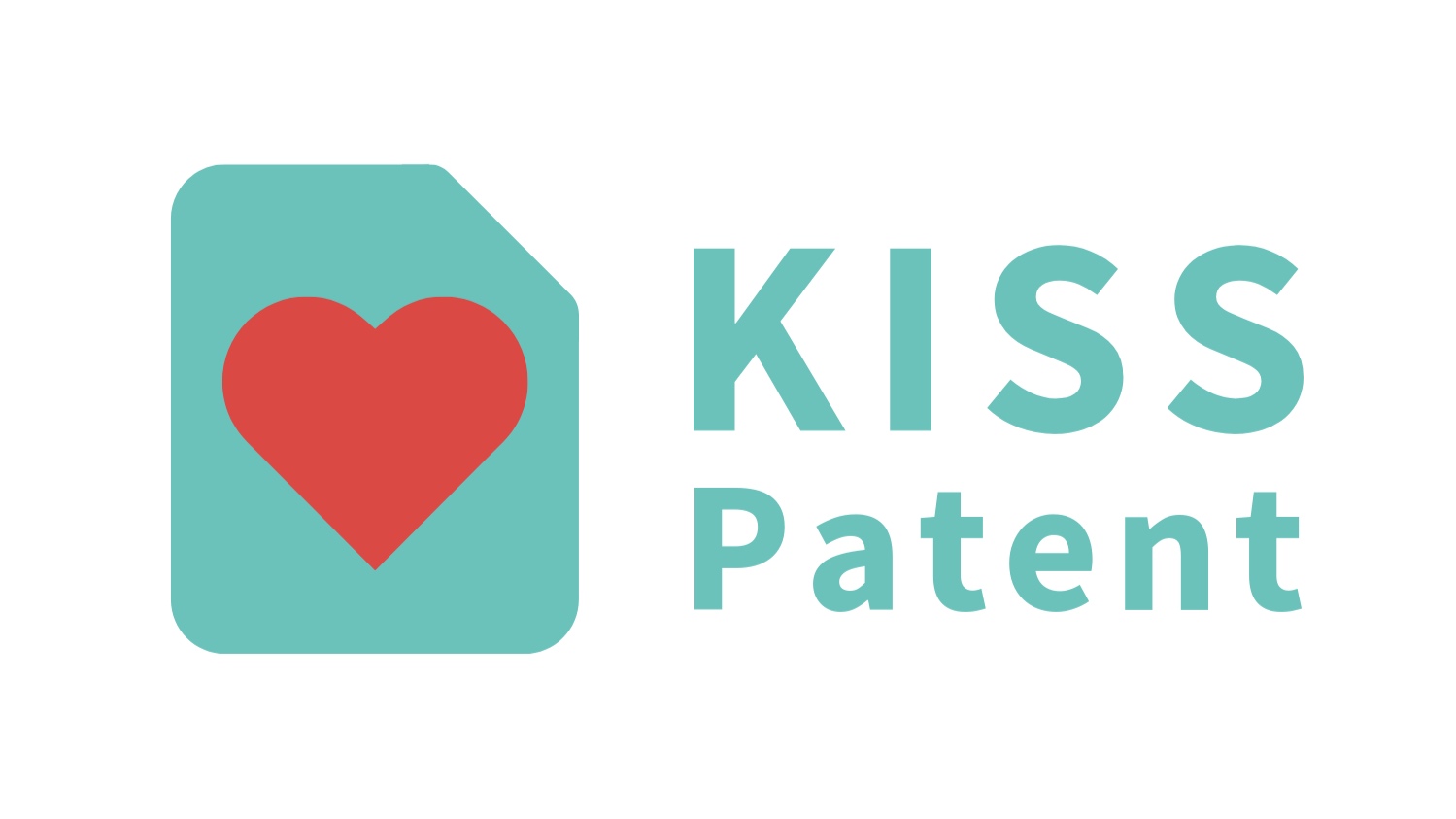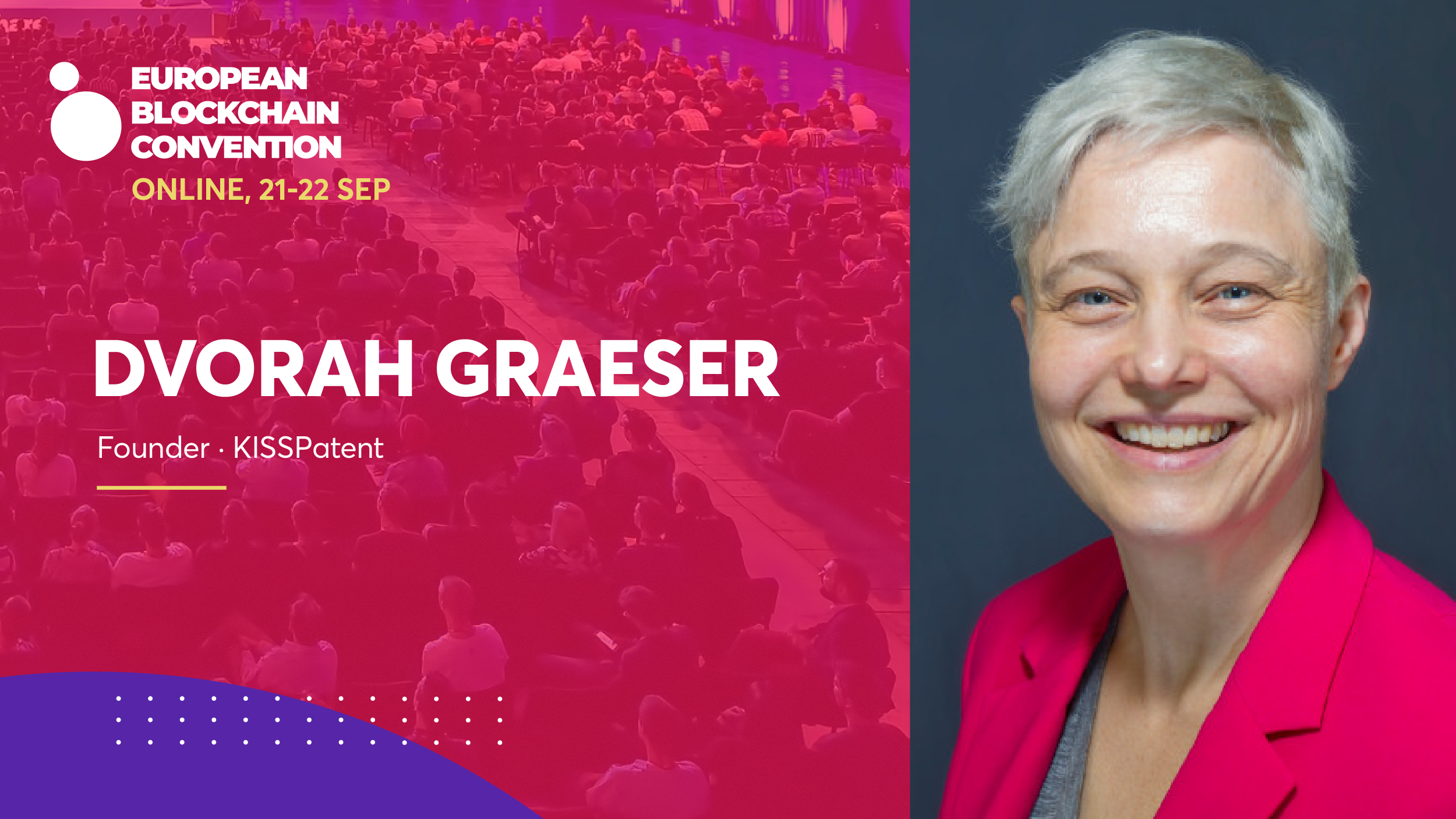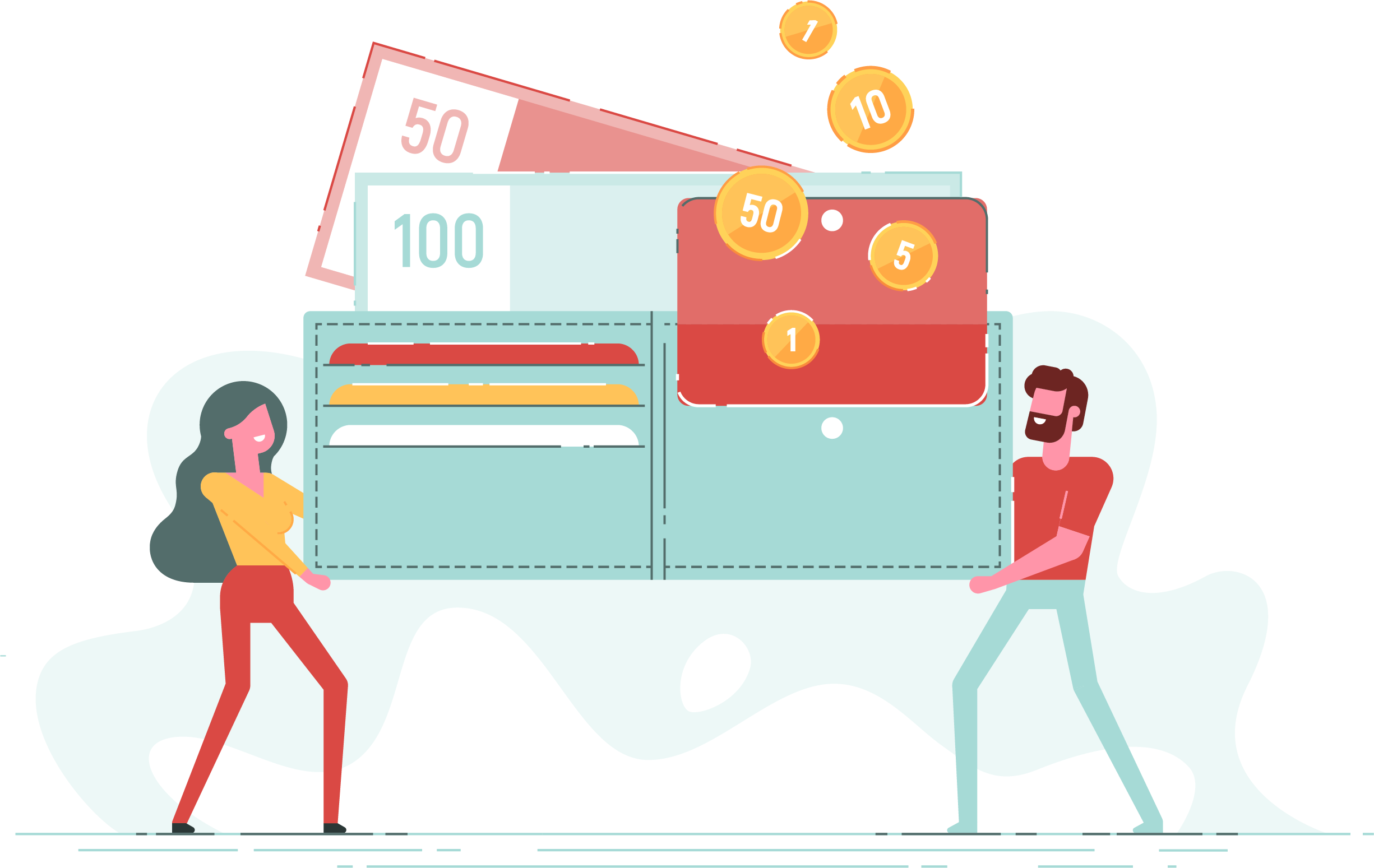Whenever I speak with inventors and entrepreneurs I’m inevitably asked about the benefit of filing a provisional application.
I am a fan of provisional applications.
I encourage entrepreneurs to start with one. A provisional application gives many benefits — if the application includes a detailed description of the invention. But, it is critically important to understand what a provisional application is, and perhaps most importantly, what it is not.
TL:DR version: The proper use and role of provisional applications in any patent strategy is nuanced. You cannot go to court on the strength of a provisional, but it is widely accepted by patent attorneys and agents that a well written provisional does provide significant protection. And it can save you from being blocked by a competitor, as you can file your provisional application quickly and cheaply. But, the provisional application is only one step in a process that you have to complete.
What is a provisional application?
First, to understand what a provisional application is, we must understand other basic concepts.
The US used to have a system where the first innovator to invent a new idea won. But that system was abandoned a number of years ago. Now, like all other countries, the US has become a first-to-file country. It is critically important to file a patent application as soon as practically possible. Filing a provisional application that adequately describes the invention will establish priority, and satisfies the need to act swiftly under first-to-file rules. A well prepared provisional application is your best friend in a first-to-file world.
Of course, a provisional application must be understood as nothing more than the first step toward receiving a patent. Ultimately, you will need to file a nonprovisional application in order to obtain a patent in the United States. Still, there are substantial benefits to beginning with a provisional application. As with most things in life, though, there are a few pitfalls that can trap the unwary.
A provisional application is a preliminary patent application. It gives you one year of quiet - the “priority year” - to develop your idea. It helps you win the “first to file” race. And it has fewer requirements, so it’s cheaper.
But - the provisional application doesn't turn into a full patent application automatically - you still have to file for a full (utility) patent application. The provisional application will require you to file a full patent application within a year. And examination won’t start until you do.
Think a provisional patent application is right for your idea?
Take our short survey to find out what type of intellectual property is best for your idea!
Why are provisional applications a good idea?
One reason I like to suggest starting with a provisional application as a way to initiate the patent process is that they are more affordable. Even the provisional filing fees are cheaper, saving you hundreds of dollars compared to the filing fees for a non-provisional application.
Provisional applications also cost less for patent agents/attorneys to prepare because there are no formal requirements. This means we can focus on disclosing the invention in its full detail, while still preparing an exceptionally detailed application that costs a fraction of the cost of a non-provisional application.
That sums up a great part of how provisional applications give you so much value for so little money - and why they’re such an important tool for those with a limited budget, which at the end of the day, is pretty much everyone in the startup space. It’s a responsible step forward to secure rights once you reach the point where you have something patentable.
Bearing in mind the importance of filing as soon as possible, and realizing you have a patentable invention, you will want to file something quickly - even before you may consider your idea to be “done”. Provisional applications are excellent tools for inventors who are continuing their work on their invention. Afterward, at any time during the year after filing your provisional, you can file the non-provisional application that includes any improvements or additions.
Additionally, assuming you have filed an appropriate provisional application, you can market the invention without fear of losing patent rights during the priority year, generating cash to proceed with development and more patent activities. In other words, the provisional application is an interim step along the road to a patent.
What protection does it give you?
As you progress forward with your invention, you learn more each step of the way. I can’t stress this enough — consider filing a provisional application as soon as your invention is concrete and tangible enough to describe. You can add updates in further applications.
The three main benefits of a provisional application are:
Increasing your chance of filing first
Potential international protection
Increasing your startup’s valuation
File First - Or Go Home
Filing first means that you have the protection of having an earlier date, as long as you continue with the process. Consider Snapchat’s valuable “tap and hold” patent, for quickly switching from camera to video on a smartphone. Snapchat filed for its patent only 19 days before Mojo Media, a competitor. Neither side filed a provisional application.
This occurred before the US switched to “first to file”. Under the old system, Mojo argued that it was first to invent - having tested its complete app about a month before it filed. But what if Mojo had filed a provisional application when it first thought up the idea - even without building it? Under the new “first to file” rules, a company like Mojo could have won if it filed a provisional application fast. It could have blocked Snapchat, or at least gotten a bigger amount of money for its idea.
Mojo never did get a patent for its idea.
I can’t overemphasize the importance of being first. Being first with a patent filing can mean the difference between being able to protect your idea - and your company - and being blocked by a competitor, who did file first.
But don’t take my word for it. Gene Quinn, a patent attorney who was recognized by IAM Magazine as one of the top IP strategists in the world for the past 3 years running, wrote: “A provisional patent application can be a great first step particularly if you are going to need some assistance later to develop your invention because whatever is disclosed in the application is protected as your invention as of the filing date, assuming of course you ultimately get patent claims issued.”
Go International
If you file a provisional application before you publish your idea, you can potentially file internationally, outside the US. Only the US permits you to publish your idea and then file for a patent within one year. So if you want international patent protection, you need to file before you tell the world about your idea.
International competition is growing in many tech areas. In blockchain, for example, Chinese companies have become fierce competitors all over the world. It was reported that Alibaba filed for 10% of the world’s blockchain patents. Don’t forget that your toughest competitor may not be based in your home country - file for patent protection internationally. A provisional application helps you start that process.
Increase Your Valuation
As we’ve mentioned before, provisional applications do increase your startup’s valuation. The amount of increase is widely accepted in the venture capital community, and I have personally had it validated to me by a number of VCs.
You can also negotiate and make some incredible deals by licensing your provisional application, the same way you can license a US full application or a granted patent. We have great resources on how to make money with your ideas as a startup and the top ways patents can increase sales for startup businesses. These deals can also increase your valuation.
What you don’t get
It’s extremely important to understand that a provisional application does not give you the right to go to court — in this case, you need a granted patent. You can’t stop others from infringing on the basis of a provisional application alone. For that you need to a) file the full application and b) have it issued.
To have it issued, you have to go through the examination process at the government patent office in the country where you want protection. This means that your patent application will be judged according to patentability standards:
idea in a patentable category
novel
inventive/non-obvious
To be clear, not all ideas can be protected with a patent. The idea has to fit within a category of patentable ideas, such as technology. And even if it does that, it also has to be novel (new) - and then it has to be inventive, or have a “wow” factor. Being new and the wow factor distinguish your idea from all others that are out there. For a more detailed description of how to know if your idea is patentable, read this.
Patents are a per country right - so if you want patent protection in the US, you have to file a US full application at the US Patent and Trademark Office (USPTO). If you want patent protection in China, you have to file a Chinese patent application at China National Intellectual Property Administration (CNIPA, formerly SIPO). And so forth.
The provisional is only one step in a process that turns your idea into a concrete asset - a patent.
Your Next Step
Please, feel free to schedule a meeting with me to talk about your idea. I’d love to chat and exchange views!
Wondering if your idea is patentable? Have a question about this article? We can answer all of your questions — just hit "contact us" down below!






























